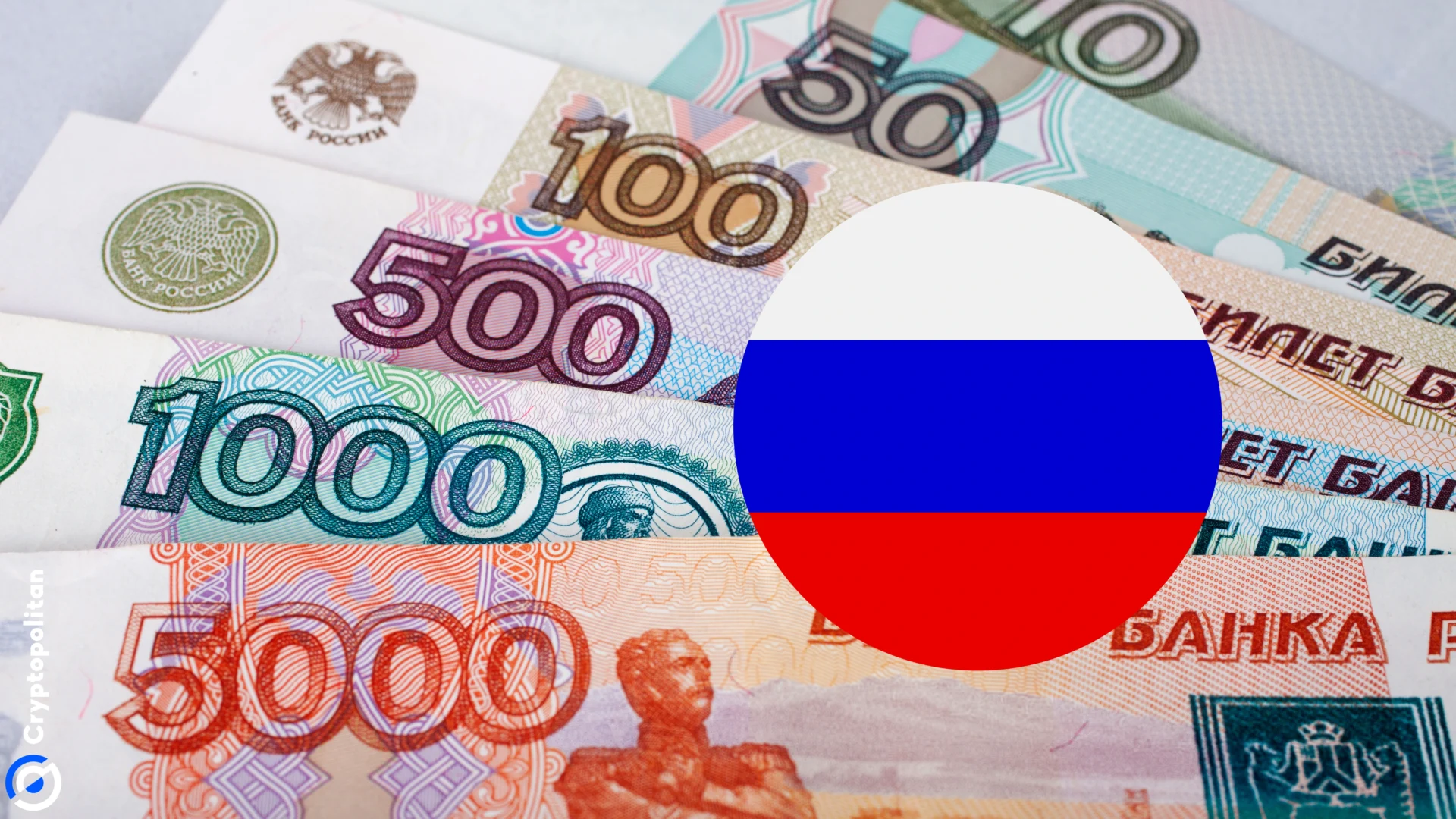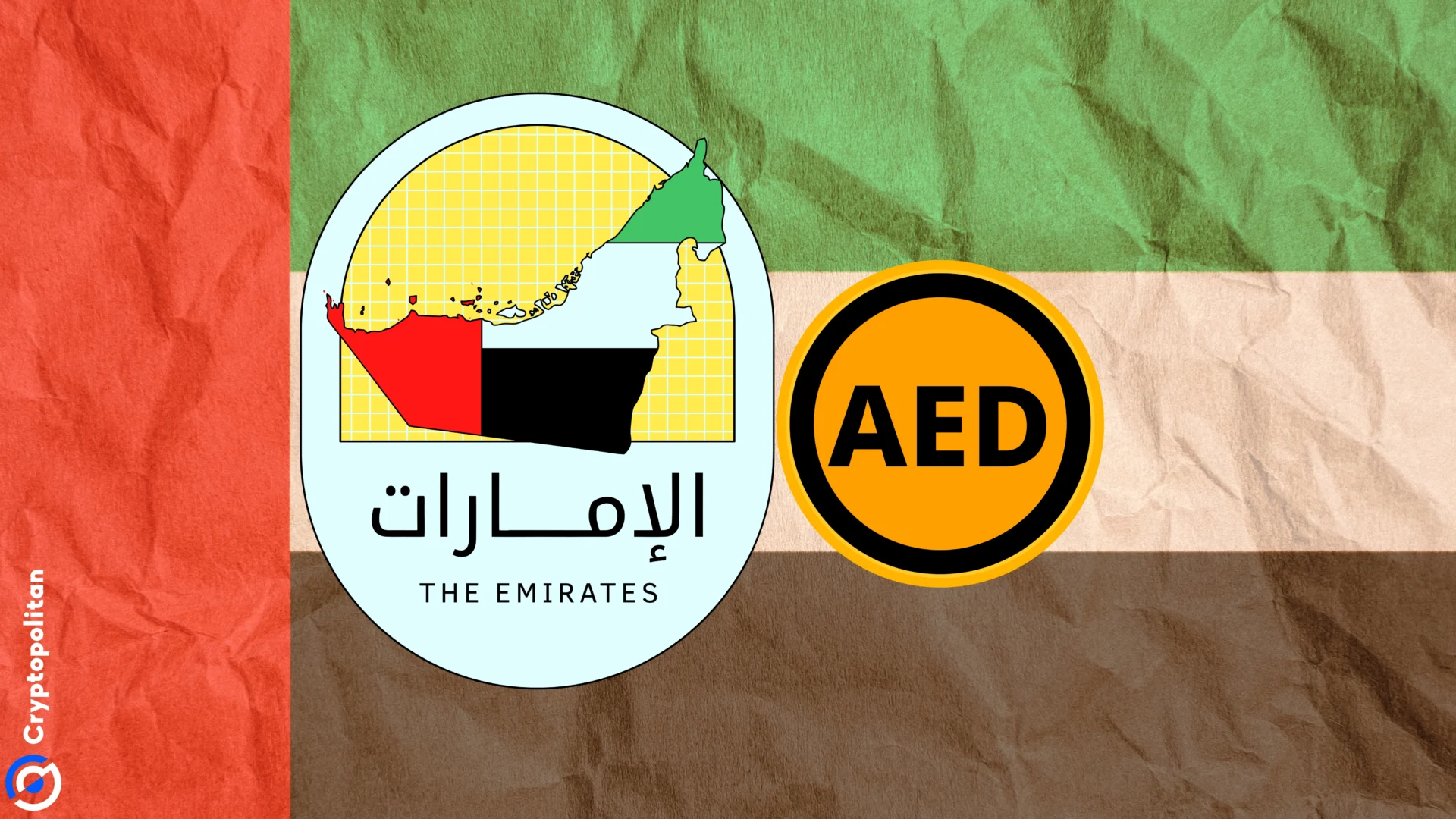
Russia’s ruble is in a freefall, heading fast toward 100 per dollar, a threshold that would have once caused panic. But not anymore. The Kremlin seems to be playing a different game, letting the ruble crash without rushing to rescue it.
What’s the reason? Two anonymous sources familiar with the government’s plan said the weaker ruble works in favor of the state budget, especially with next year’s expected surge in government spending. According to the same sources, officials are okay with the ruble dropping to 100 per dollar.
The currency’s slide has been worsened by the central bank’s change in how it calculates the ruble’s value, as the Moscow Exchange no longer trades the dollar and euro.
The foreign currency shortage, already bad because of sanctions, has gotten worse since the US set a deadline for entities to exit the Moscow Exchange on October 12.
The ruble is about 9% weaker than the last trading day before the sanctions hit. Oleg Vyugin, a former top official at the Bank of Russia, brushed off concerns despite the inflationary side effects.
Impact on China’s yuan and capital controls
The Russian currency is also falling against China’s yuan, the Kremlin’s preferred currency ever since the 2022 invasion of Ukraine and the Western sanctions that followed.
The ruble has lost 11% against the yuan, dropping to 13.26 per yuan, its lowest since May. The last time the ruble crossed the 100-per-dollar line, the central bank hiked interest rates by 350 basis points in an emergency decision last year.
Later, the government doubled down by imposing tougher capital controls, requiring 43 exporting companies to repatriate 80% of their foreign-currency earnings and sell most of it for rubles in the domestic market.
The Ministry of Economy expects the ruble to remain weak. Forecasts for 2025 suggest an average rate of 96.5 rubles per dollar, compared to 91.2 rubles this year.
In June, America raised the threat of secondary sanctions against Russian banks’ key trading partners, making it more difficult for businesses to access foreign currency from places like China and Turkey.
Russia responded by dialing back measures that previously propped up the ruble. The mandatory conversion of export proceeds was halved to 25% from 50% late last Friday, after being dropped to 60% in June and then 40% a month later.
Because of that, the largest Russian exporters reduced their currency sales by 30% in September, having more transactions in rubles.
Interest rates, inflation, and payment problems in Russia
Russia’s response to the war initially caused the ruble to weaken, but it rebounded after the central bank hiked interest rates to 20%.
Though the rate is back at 19%, it may rise again when the central bank meets next week to address the overheating war economy and inflation, which is now more than double the 4% target.
For exporters, the pain is growing. Liquidity problems are making it hard to receive payments from foreign banks. Companies are also struggling to meet obligations due to unpredictable cash flows.
This is even more painful as borrowing costs for both domestic and foreign currencies have surged beyond 20%. The yuan is Russia’s main foreign currency now, but its availability is drying up, leaving exporters to struggle.
Managing payments has become a tedious, manual process for many companies. Executives from five major commodity producers, speaking anonymously, said their teams are calling banks daily to explain why their transactions aren’t breaching sanctions.
Even with these efforts, payments can take over a month to process, with the constant risk of rejection. This pressure has not gone unnoticed.
President Vladimir Putin called cross-border payment problems “a serious challenge” during a meeting with Russia’s Security Council on October 4.
Top exporters slashed currency sales in Russia by 30% in September, selling just $8.3 billion in currency as the ruble became more common in international settlements.
This is contributing to a shortage of foreign currency liquidity, even in yuan, which the Russian central bank views as the main “friendly” currency compared to the now “toxic” dollar and euro.
Putin is also working on a payment system to be used within the BRICS, something that would be discussed more during a summit of member states hosted in Kazan this month as part of the mission to America and its dollar. The system is rumored to perhaps be built on the blockchain.











